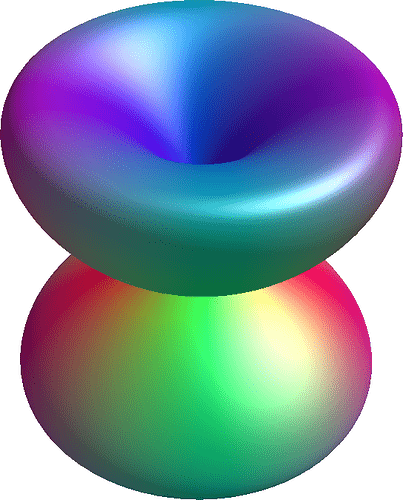Hi @EricMoulton_ICM,
The problem is in your usage of the -lmax option. dwi2response dhollander naturally extracts an anisotropic response for WM, and an isotropic one for GM and CSF. The -lmax option, when provided, allows to override the automatic lmax settings for the anisotropic WM response, with a provided value per b-value in your dataset. The automatic lmax setting for the anisotropic WM response is lmax=0 for the b=0 data, and lmax=10 for all other b-values present. This makes sense, since the b=0 data is not expected to show any anisotropy (and if it appears to do so, it’s due to noise or other issues). For the other b-values, you don’t have to worry about lmax=10 appearing to be too high with respect to the number of gradient directions in your data: the response function is estimated by a couple of tens to hundreds of voxels at once, using all of their data. So even though you “only” have 30 directions at b=1000, if the response function ends up being estimated from 100 or so voxels, the fitting algorithm will have 30000 data points at its disposal. Note that for lmax=10, the response function (which is represented only in zonal harmonics, not full spherical harmonics) only needs 6 parameters. 30000 datapoints to fit 6 parameters is pretty safe. 
I’m actually surprised (then again, not that much) that you’d get values for b=0 up to lmax=4 before. While your b=1000 response part looks as expected:

…the b=0 response part you got before looks rather funky (which isn’t good):
So well, the solution is simple: just do away with that -lmax 4,4 : it isn’t needed and the first 4 in there is actually wrong (should’ve been a 0 at best). Given how robust response function estimation has become with our recent strategies, the -lmax option should really only be considered in very special scenarios (or for some kinds of technical or theoretical experiments). For any other scenario, simply don’t specify the -lmax option; things work out better with the defaults automatically. 
Also, see some more information in this post: -lmax for dwi2response and dwi2fod , where a user ran into other confusion regarding the -lmax option. The solution was also to simply not specify the option to begin with.
Cheers,
Thijs
